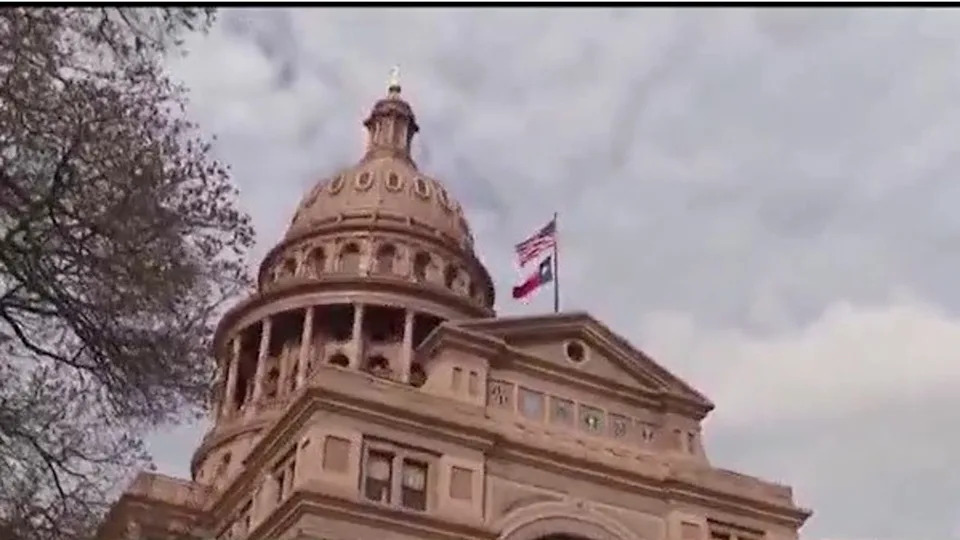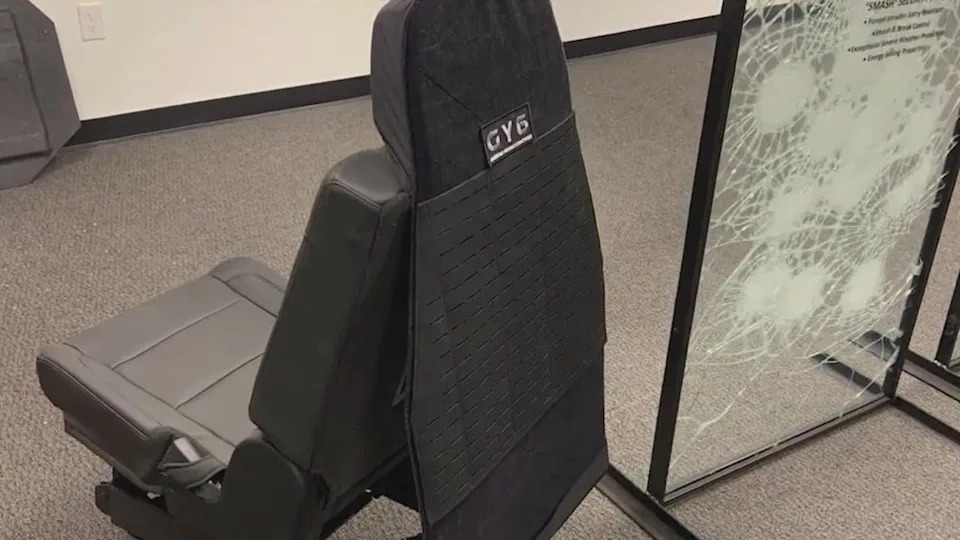The Brief
The U.S. Constitution mandates states draw congressional lines after each census, to reflect population changes.
Texas Republicans say, among their arguments, that redistricting is necessary because the state has added roughly two million residents since the last census.
Specific guidelines determine how congressional districts can be drawn.
HOUSTON - Texas politicians and political activists are waging a battle over mid-decade congressional redistricting to benefit the Republican Party. Here's a look at the process required to make it happen.
Texas redistricting requirements

President Trump's demand that Texas congressional lines be redrawn to find more Republican seats notwithstanding, the mid-decade exercise is unorthodox but legal.
It's the U.S. Constitution that mandates states draw congressional lines, after each census, to reflect population changes. One of the arguments offered by Texas Republicans is that about two million more people have moved to the state since the last census, so it's appropriate to redraw the lines.
To get there, there are some specific guidelines.
First, districts have to represent roughly equal populations so that each member of Congress represents the same number of people. It's the legal concept of "one person, one vote." Like squeezing a balloon, if a district gets smaller in one place, it's got to get bigger somewhere else so that it stays equal.
That's where the Voting Rights Act, and judicial precedent, come into play. That's the point of contention for much of the arguing at the moment.
Passed in 1965, the relevant part is Section 2, which stipulates district lines can't disenfranchise minority populations, which are identified by race, color, or certain languages. In Texas, it's the Black and Hispanic communities most at risk and entitled to a so-called majority-minority district if it's big enough, in a defined area, and in danger of being racially overruled at the ballot box.
That's where Texas Republicans have to start, to survive a legal challenge, while still trying to solidify districts they believe will lock-in victories.
Some legal experts, though, believe it will open the door for any number of states to follow suit, to focus on their own partisan advantage.
What they're saying
"I think that's the danger of this redistricting plan in Texas, that it will prompt other states to take a look at their maps and try to think, you know, is there a way that we can wring-out more partisan advantage from the geography of the state," says University of Houston Assistant Professor of Law, David Froomkin, who believes the new, proposed Congressional districts would result in additional Republican seats.
The Source
Information in this article came from interviews, the Texas Tribune and the Wall Street Journal.



Comments